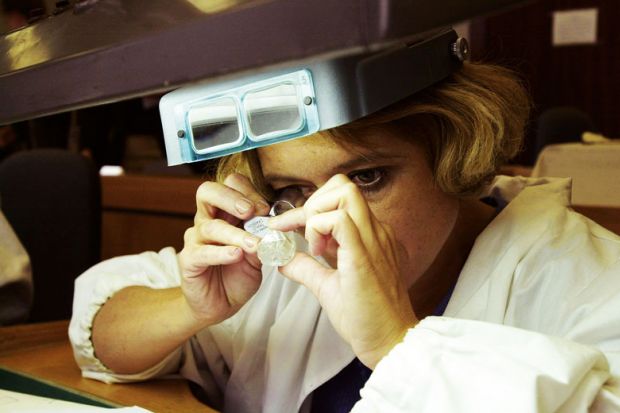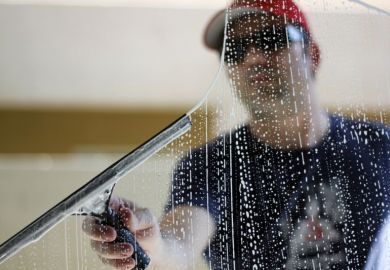France is to bolster not-for-profit “diamond” open access journals, backed by universities, academic societies and the state, after it warned that commercially run publishing risked landing institutions with ever spiralling costs.
In its second national open science plan, the government committed to back “economic publishing models that do not require the payment of articles or books processing charges”.
As academia moves towards open access publishing, commercial publishers are gradually phasing out paywalled, subscription-based closed journals and instead making articles free to read – a model funded by so-called article processing charges (APCs), where academics in effect pay to publish.
But this new model has faced its own problems. Some surveys have shown publishers raising APCs faster than inflation. Prestige journal Nature attracted particular criticism last year for announcing an APC of €9,500 (£8,167).
In light of these disappointments, France wants to “build a more diverse and fair publishing ecosystem”, said Marin Dacos, an open science adviser at France’s Ministry of Higher Education, Research and Innovation. “The system is far too concentrated.”
The country’s open science plan warns that “the risks associated with the publication fee model (involving the payment of article or book processing charges), such as the budgetary burden, growing inequalities between institutions and disciplines and the race to produce quantity, are being ever better understood”.
In response, the country wants to diversify the “economic models for open scientific publishing” and better support “diamond” journals, which are both free to read and publish in, and subsidised by universities, the state and other not-for-profit organisations.
Interest in diamond journals was piqued by a report released in March, backed by a host of European academic organisations, that explored this rarely discussed, non-commercial type of publishing.
“We wanted to give a voice to this sector,” said Lidia Borrell-Damián, secretary general of Science Europe, a consortium of funders that helped pay for the report, The OA Diamond Journals Survey.
The diamond model “should be more relevant than it has been in the past”, she said.
Bianca Kramer, a librarian at Utrecht University Library, and one of the authors of the March report, said the French national plan was, to her knowledge, “indeed the first at this level to commit to support diamond OA publishing”.
However, she noted that there was “growing awareness of the importance of this model in other European countries”, too. In the Netherlands, universities and the country’s national research funder were also increasingly backing diamond journals as a route to better open access, she said.
The most obvious problem with diamond journals is financial; with no APCs or subscription fees to support them, viability can be a challenge.
One in four diamond journals reported making a loss, the survey found, and a majority rely on volunteers, making compliance with certain open access policies in areas around metadata and licensing tricky.
However, “whatever the model chosen, APC or diamond, the funding always comes from universities, research-performing organisations and the state”, pointed out Mr Dacos. “The question is one of funding channels and more or less virtuous mechanisms, but in both cases it is the same funding source.”
“They need some kind of subsidy,” Dr Borrell-Damián acknowledged, but she cautioned that support from research funders was not yet high on the agenda. “I think the responsibility is not only on the public funding bodies, it’s on universities [and] learned societies [to] reflect on their own business model.”





